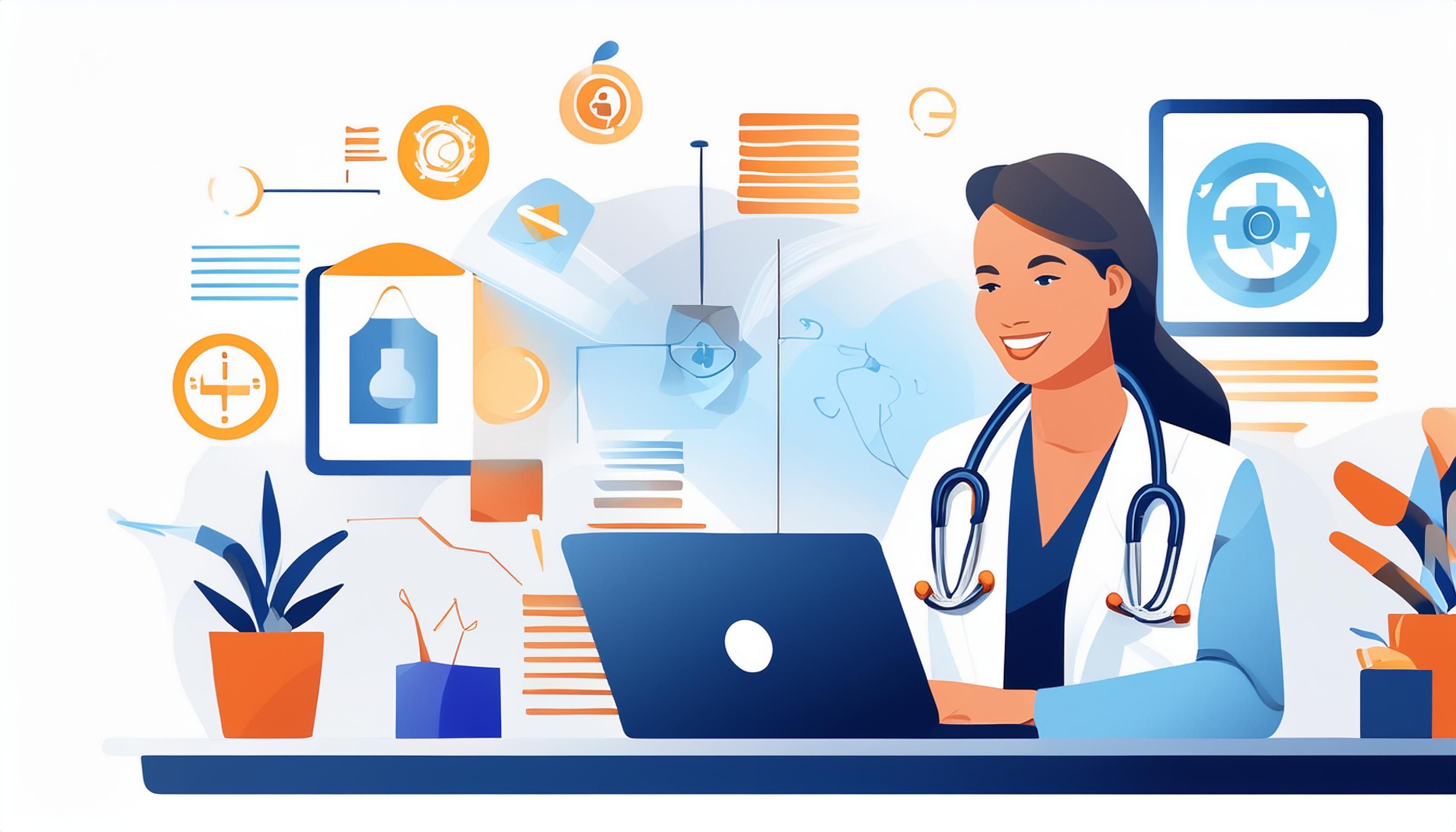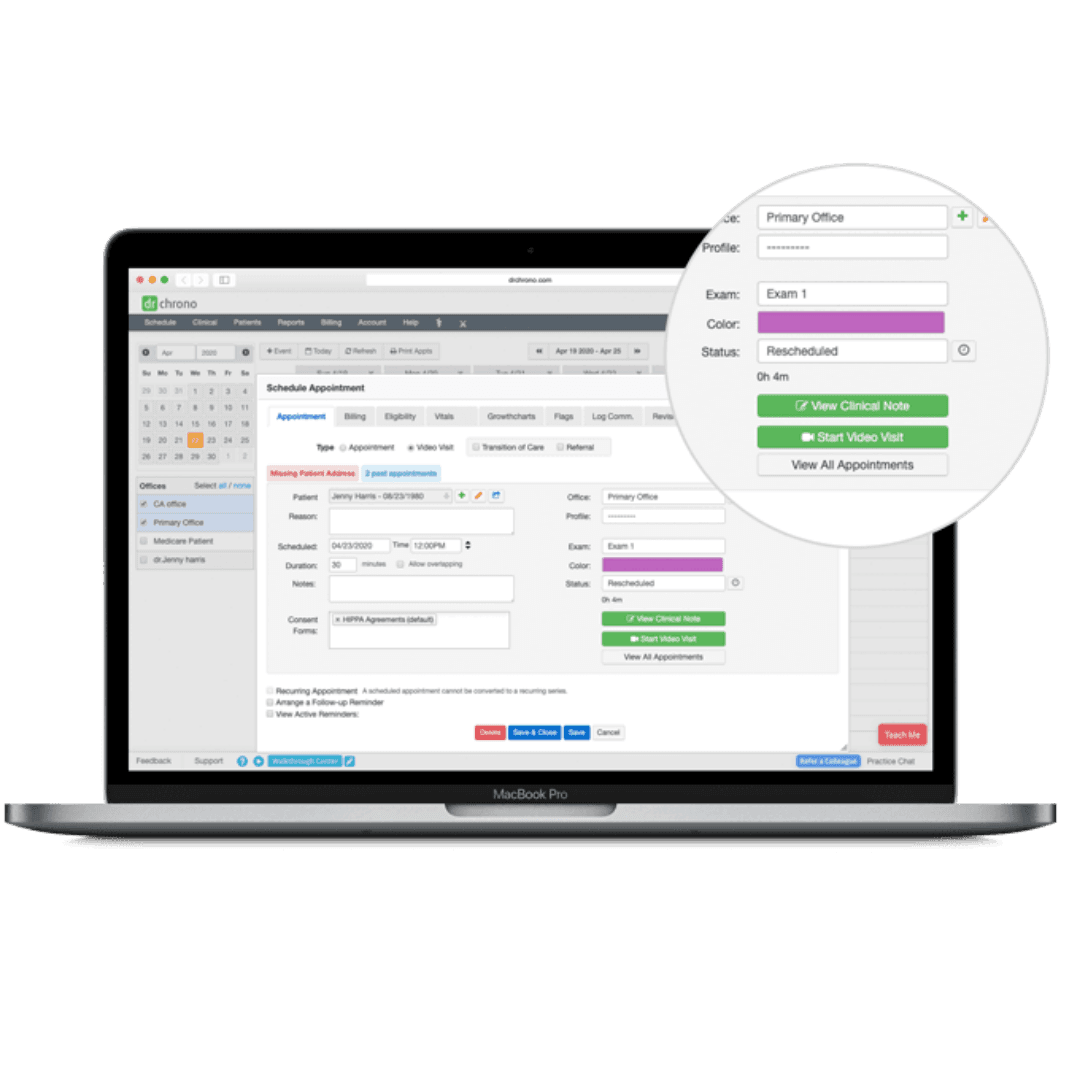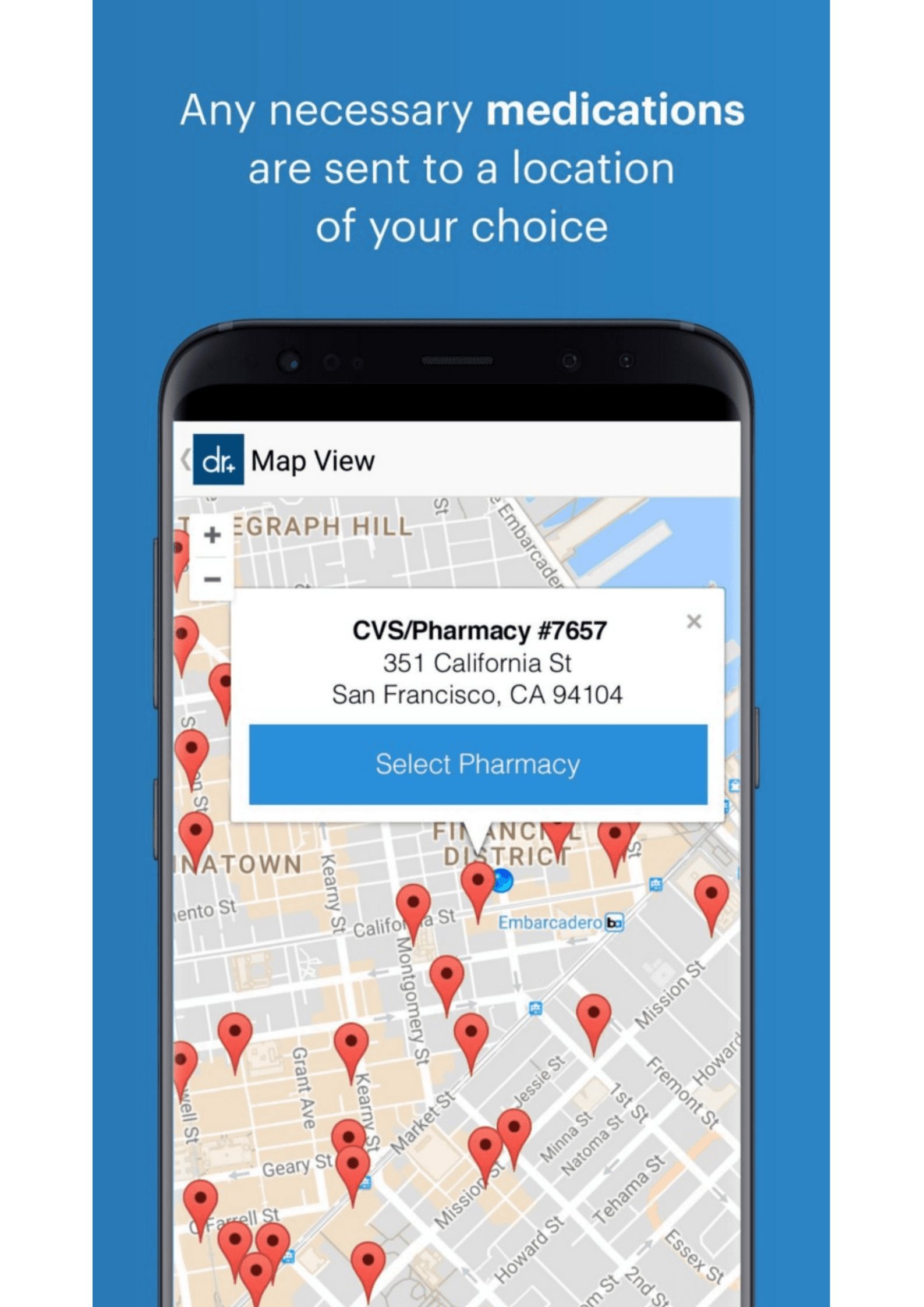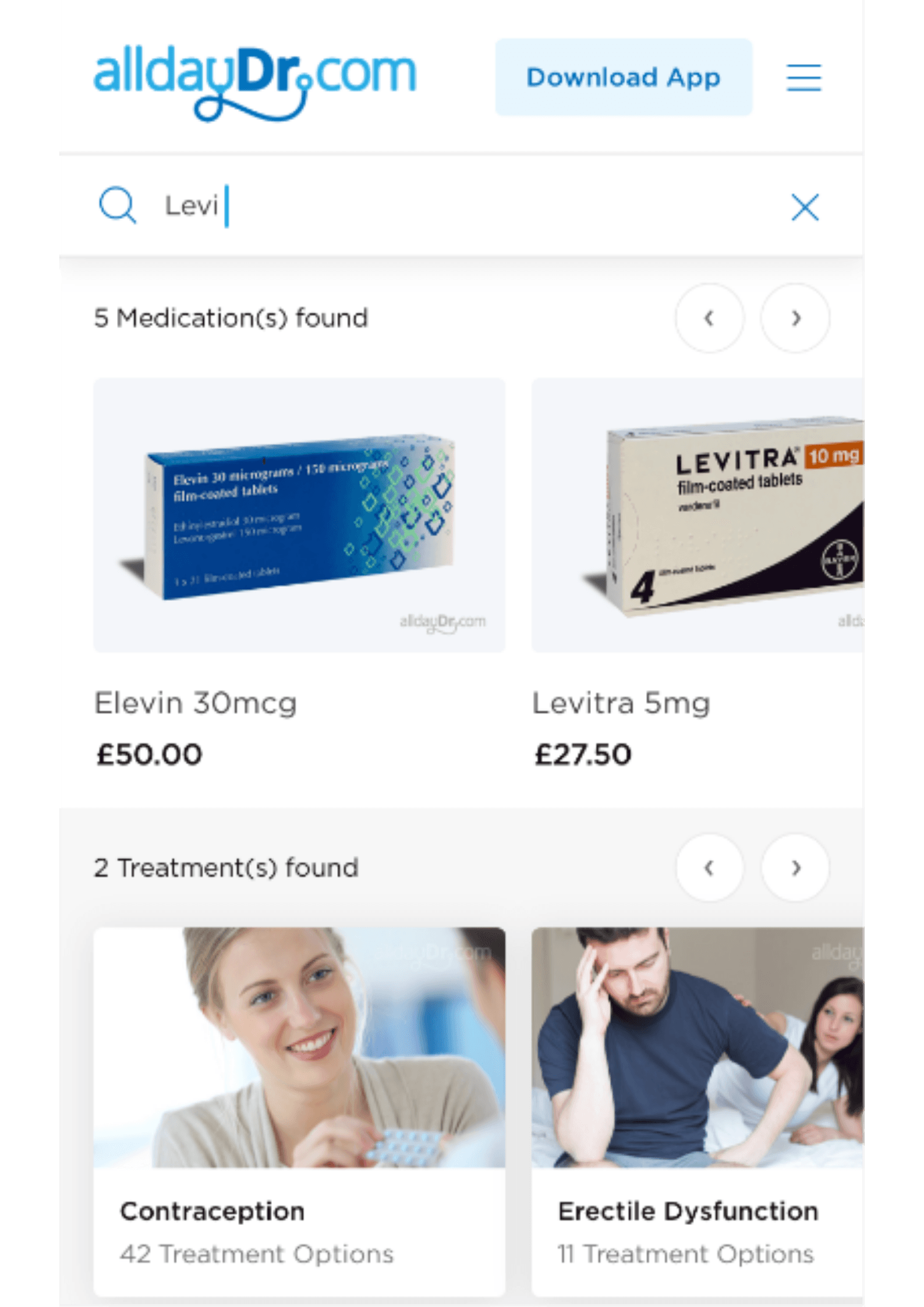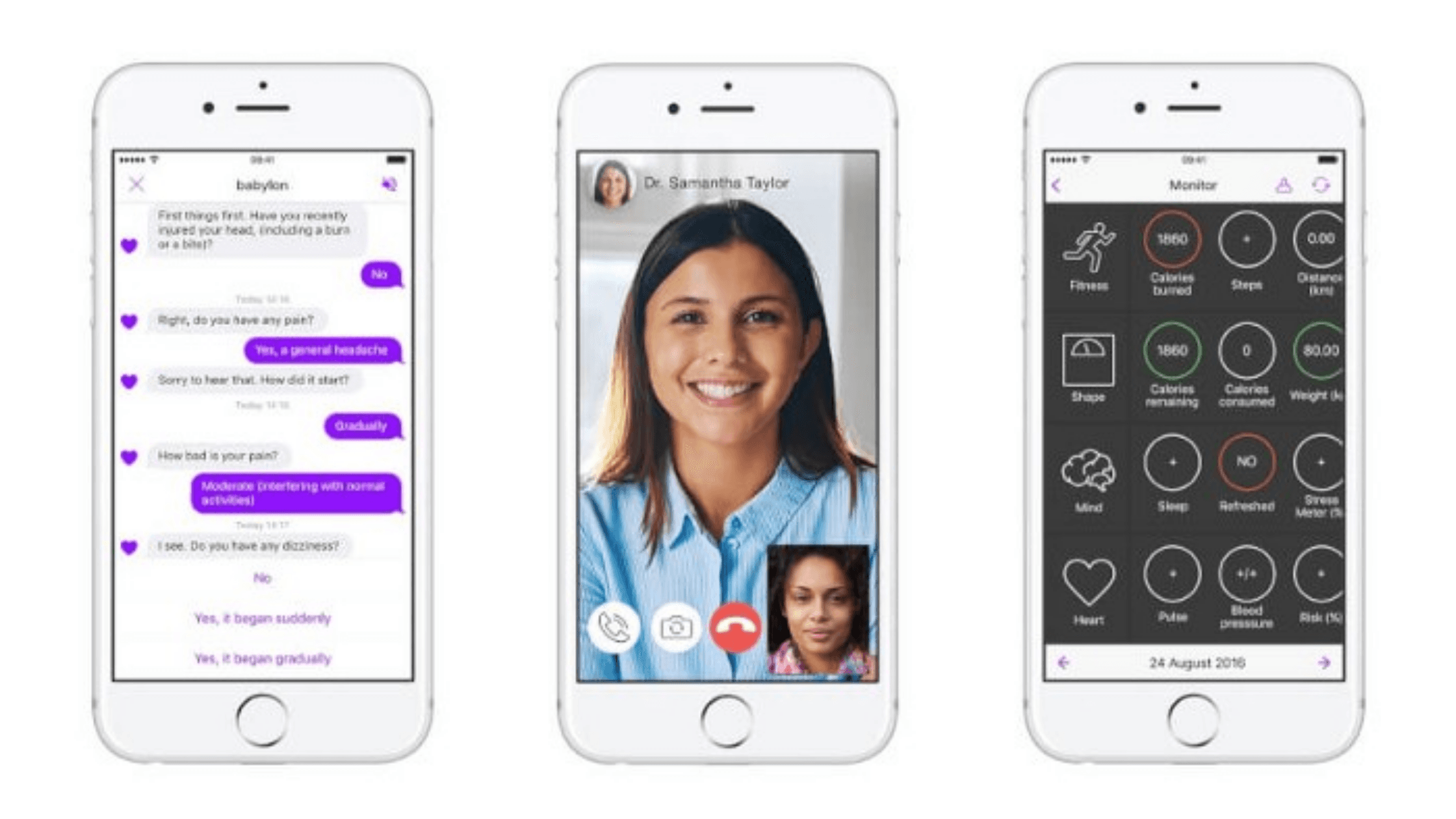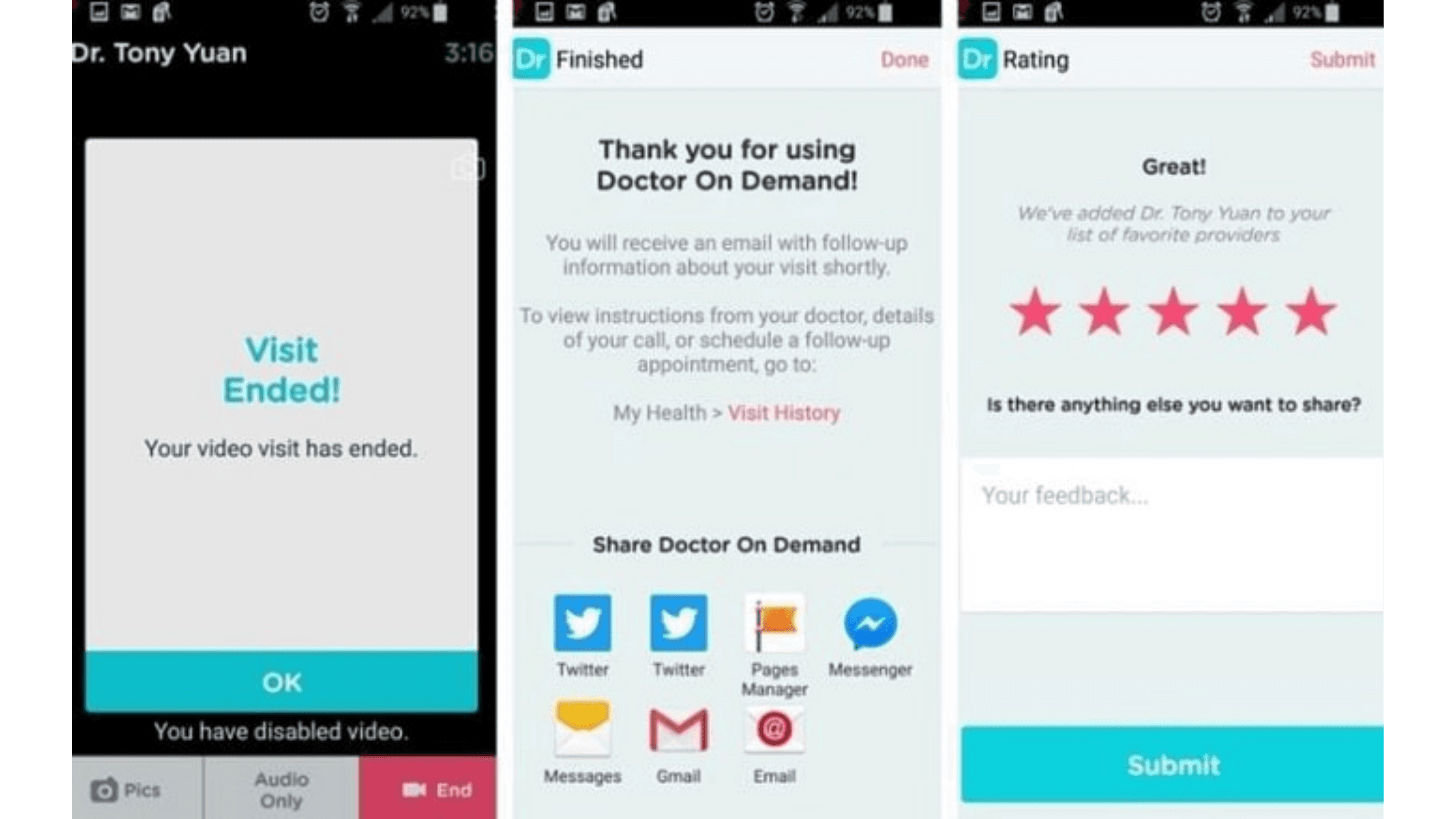We have heard a lot about Telemedicine over the past few months, thanks to the coronavirus outbreak.
Telemedicine is defined by the WHO as
The delivery of health care services, where distance is a critical factor, by all healthcare professionals using information and communication technologies.
Telemedicine has been around for a few decades now, and the field is seeing a surge in usage. Thanks to government-mandated social distancing and improvement in internet connectivity in many parts of the world.
Why should you invest in telemedicine apps?
Here are a few statistics that prove it’s the right time to invest in telemedicine and build your telemedicine app-
- Market is Growing: According to the Global Market Insights, the telemedicine market is expected to exceed USD 175 billion by 2026.
- People want to use telemedicine: Between February and March 2020, 30% of the US adults reported their intent to use telemedicine, which has risen from 18% to 30%, says CivicScience data.
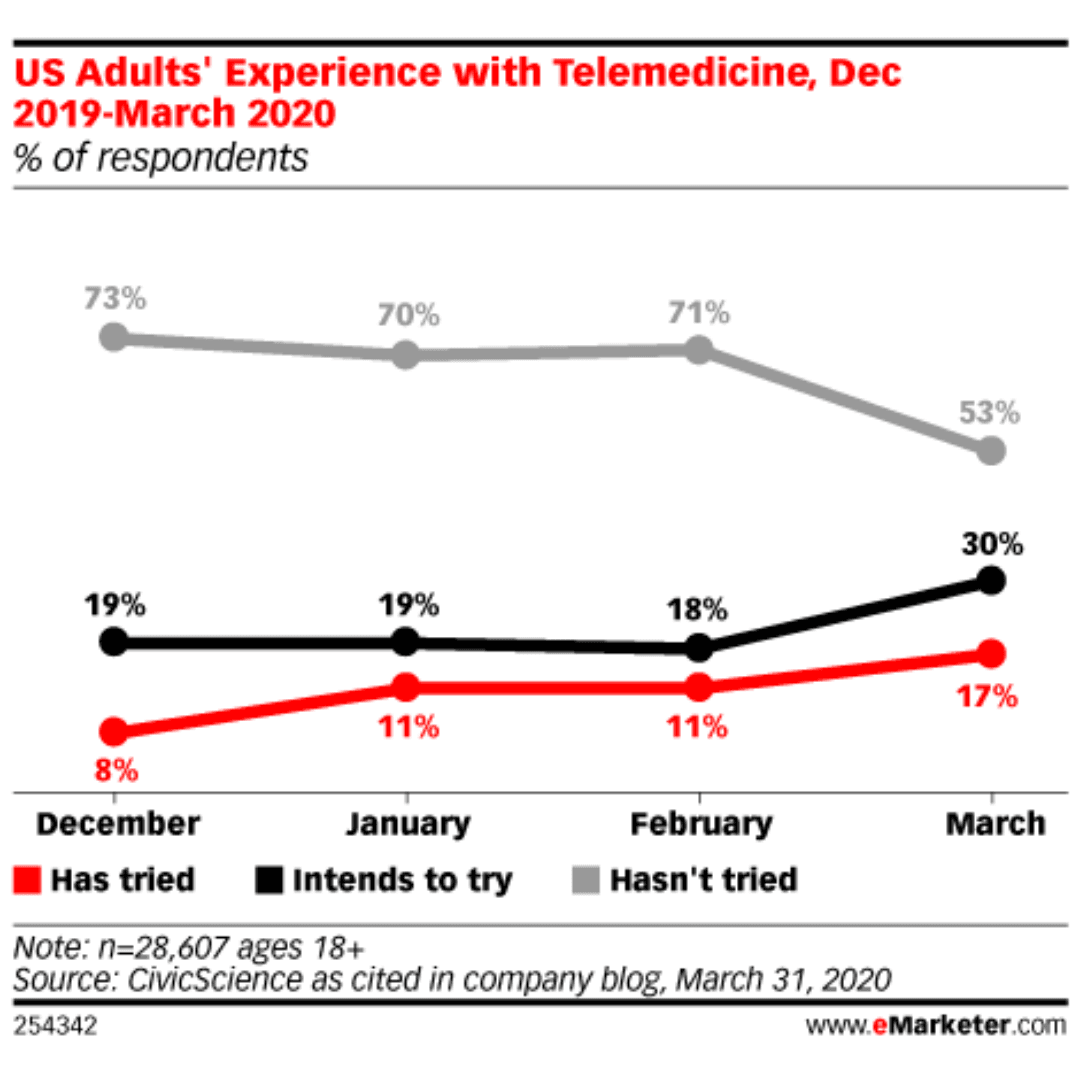
- Business opportunities in telemedicine: Similarly, around 30% of the McKinsey & Company’s survey respondents said they would be interested in companies that provide online/video consultations with a physician.
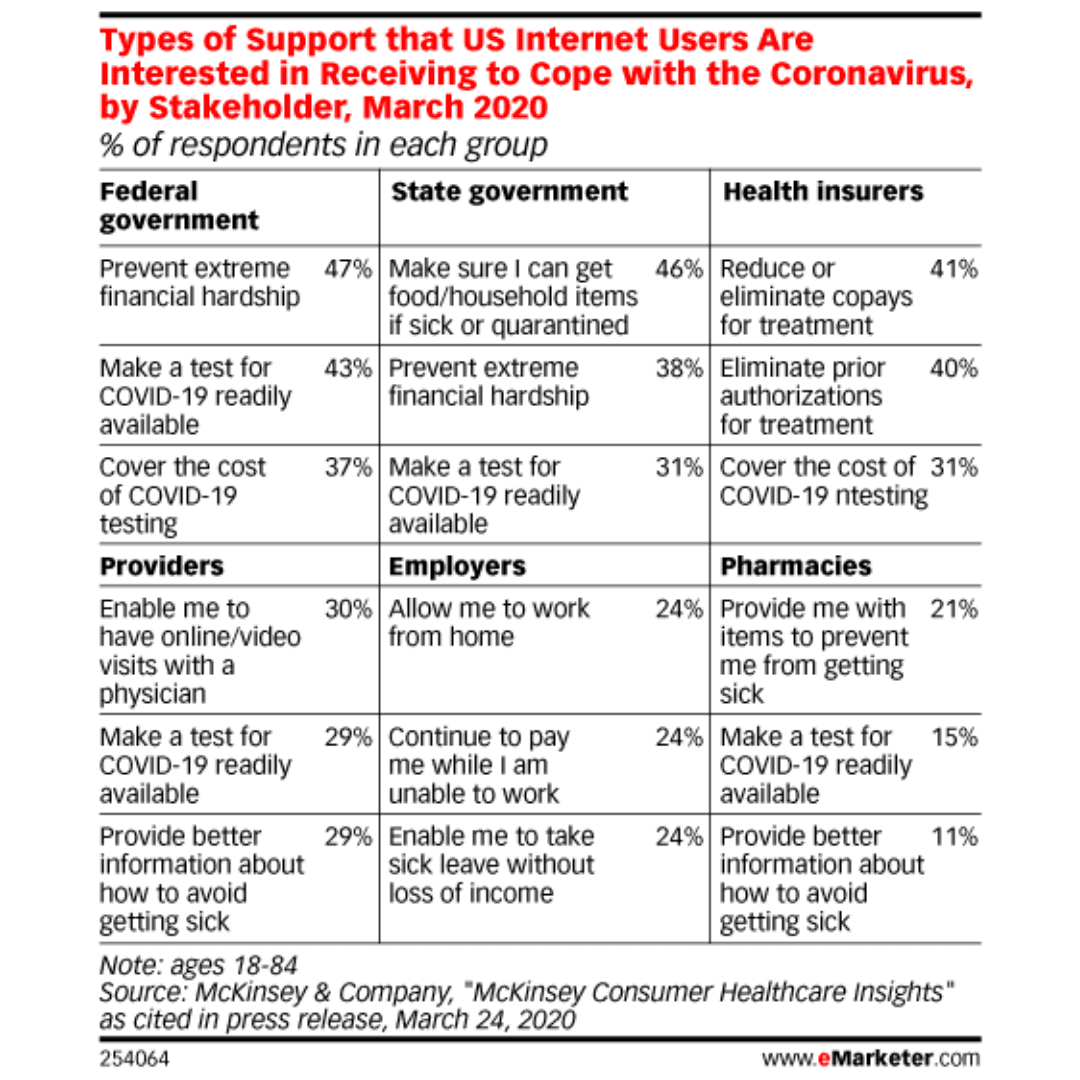
So, take the advantage of this growing market and get your telemedicine app developed.
But, before you develop a telemedicine app, you must know what features you would need to not just attract the crowd, but even make them your loyal customers.
We, at SoluteLabs, have built various healthcare apps like AllDayDr.
Hence, we understand what makes a healthcare app to get certified and even loved by the audience.
We have divided the apps based on the end-user; in this case, the patient and the doctor.
Let’s start with the app features that have to be present at the patient’s end.
Features at the patient’s end:
1. Patient Registration:
This is the first step in any telemedicine app, and the aim of the registration section should be to keep it as simple as possible.
A patient should be able to log into the telemedicine portal by providing bare minimum details such as mobile number, email id, or via social network. These details are of a highly personal nature, so it would be wise to use two — factor authentication on this page, which can include voice, SMS, or phone verification.
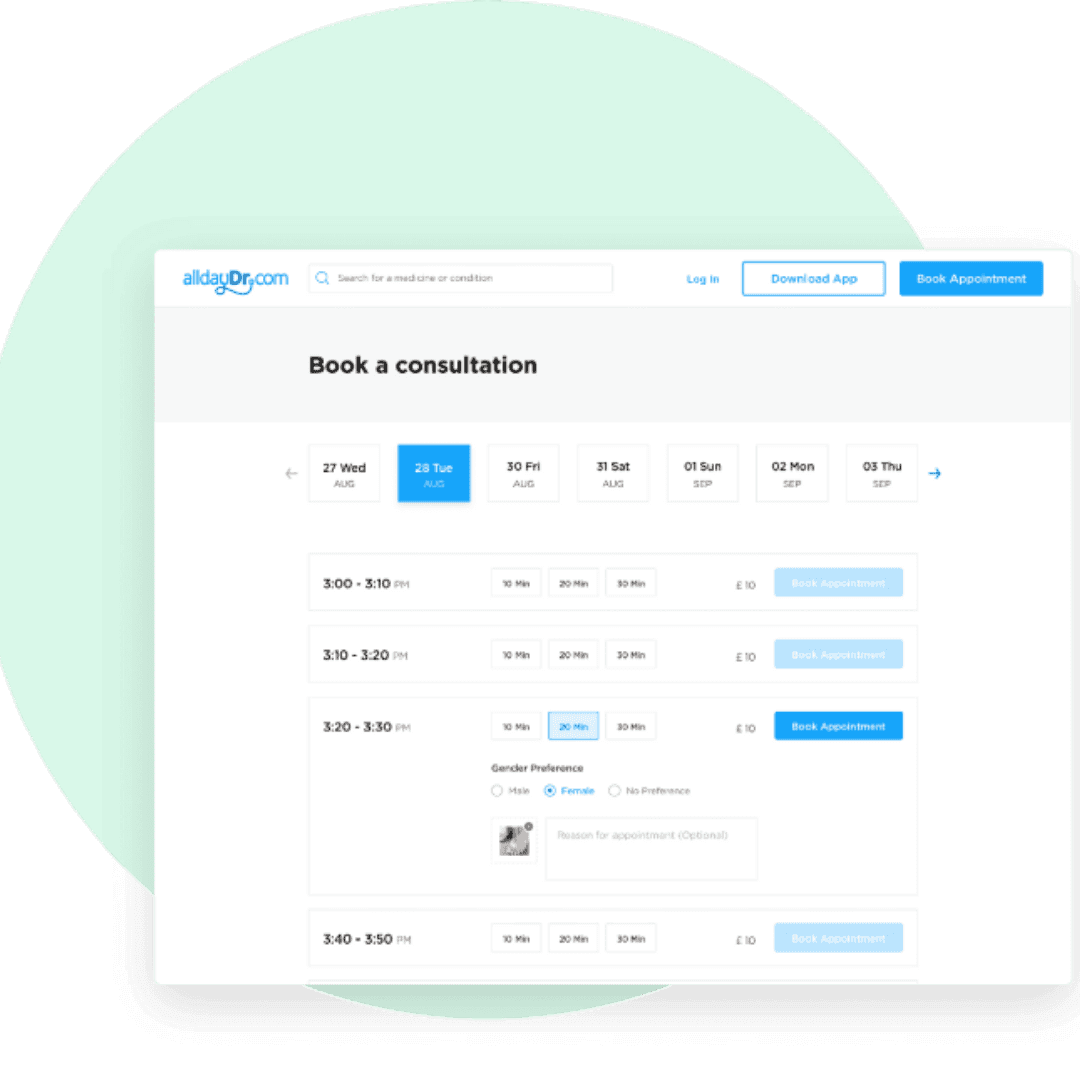
Ensure that the registration page has a minimum number of steps to complete, to prevent users from being put off.
According to localytics, 23% of users abandon an app after just one use, and poor user experience is cited as the chief reason for users deleting an app.
2. Calendar integration:
An important feature that you need to incorporate in your telemedicine app is Calendar. Patients usually don’t want to have to remember when they have their next meeting with their doctor and want all the information ready at their fingertips in the telemedicine app.
Apple, Google, and Microsoft all offer their own calendar API that you can integrate into your app. A calendar integration combined with a push notification will ensure that patients can now rely just on their smartphones to remember all future physician’s appointments.
For instance, Dr.Chrono, a telehealth provider recently launched Dr.Chrono Telehealth app and A Physician Marketplace, both coming with calendars to book appointments.
3. Patient profile:
This section of the app will allow the patients to enter as much information as they wish to reveal, which will ultimately make diagnosis easier for the doctor.
Information required in the patient profile includes basic details such as name, age, gender, symptoms, and insurance information, among other information.
Make sure you keep the details required to a minimum and enable the patients to upload documents that will contain all the information needed by the physicians, such as insurance information or medical history.
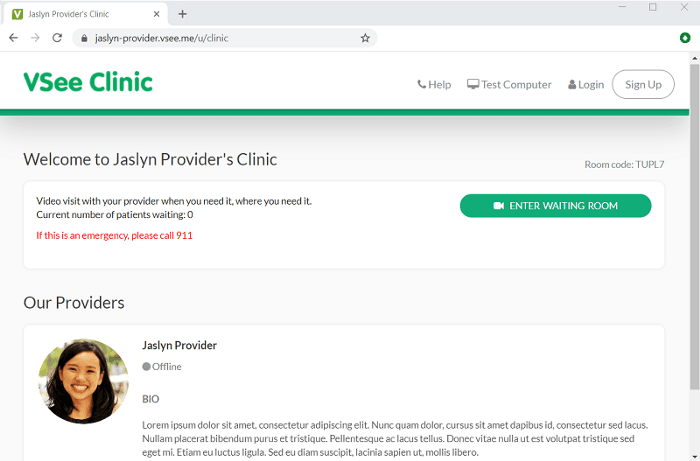
Vsee is a telemedicine platform with an app that allows patients to upload their medical information and insurance details easily. Patients can then choose from a roster of over 10,000 physicians based on their preferences.
A patient profile should also show a history of visits and a calendar of scheduled appointments so that patients are kept updated on their next visit.
Since this feature of the app deals with sensitive information, you must use appropriate security measures.
4. Geolocation
Current US medical regulations mandate that a telemedicine app must connect the patients with physicians located physically within the same state. Using Google Maps to accurately determine where the patients are located can be used while building the app.
Apps such as Doctor on Demand have used Google Maps to find the user’s location.
Getting a patient’s location helps the app find pharmacies close to the patient, give directions, and also estimate the expected time of arrival at the hospital.
Geolocation, like the calendar integration, is thus a key feature that you need to have in your telemedicine app.
5. Search and Filters
A search functionality greatly shortens the time required for a patient to find the information they are seeking, for example, the closest eye specialist to their location.
Filters also help to sort the vast amount of information available in the app, and lets the patient navigate the app faster.
Patients should be able to search for a doctor based on one or more parameters, such as specialization, ratings, proximity, etc.
Voice search is another feature that will tremendously help patients who have difficulty typing on their mobile screens. According to this Comscore study, 50% of all online searches will be via a voice search assistant by the end of 2020.
6. Communication
A good telemedicine app will allow the patient to get in touch with their doctor without any hassle, providing them all the contact information they need in the least number of steps.
Chatbots, in-app calls, and live video sessions all help keep the patient and the doctors in constant touch with each other.
An easy to use messenger is one of the best ways that the patients can use to communicate with their doctors. Chatbots can also be used if the patients want some answers to questions not involving the doctor.
According to Acquire.io report, a staggering 1.4 billion customers will use some form of a chatbot or other in 2020, making it one of the most happening communication channels to watch out for.
7. Payment
A key feature of any telemedicine app should be the ability to pay the medical bills from right within the app.
Several governments are already taking steps to encourage patients to use telemedicine apps. The Coronavirus Aid, Relief, and Economic Security (CARES) Act, signed on March 27, 2020, expanded access to telehealth, meaning more federally qualified health centers and rural clinics can use this technology.
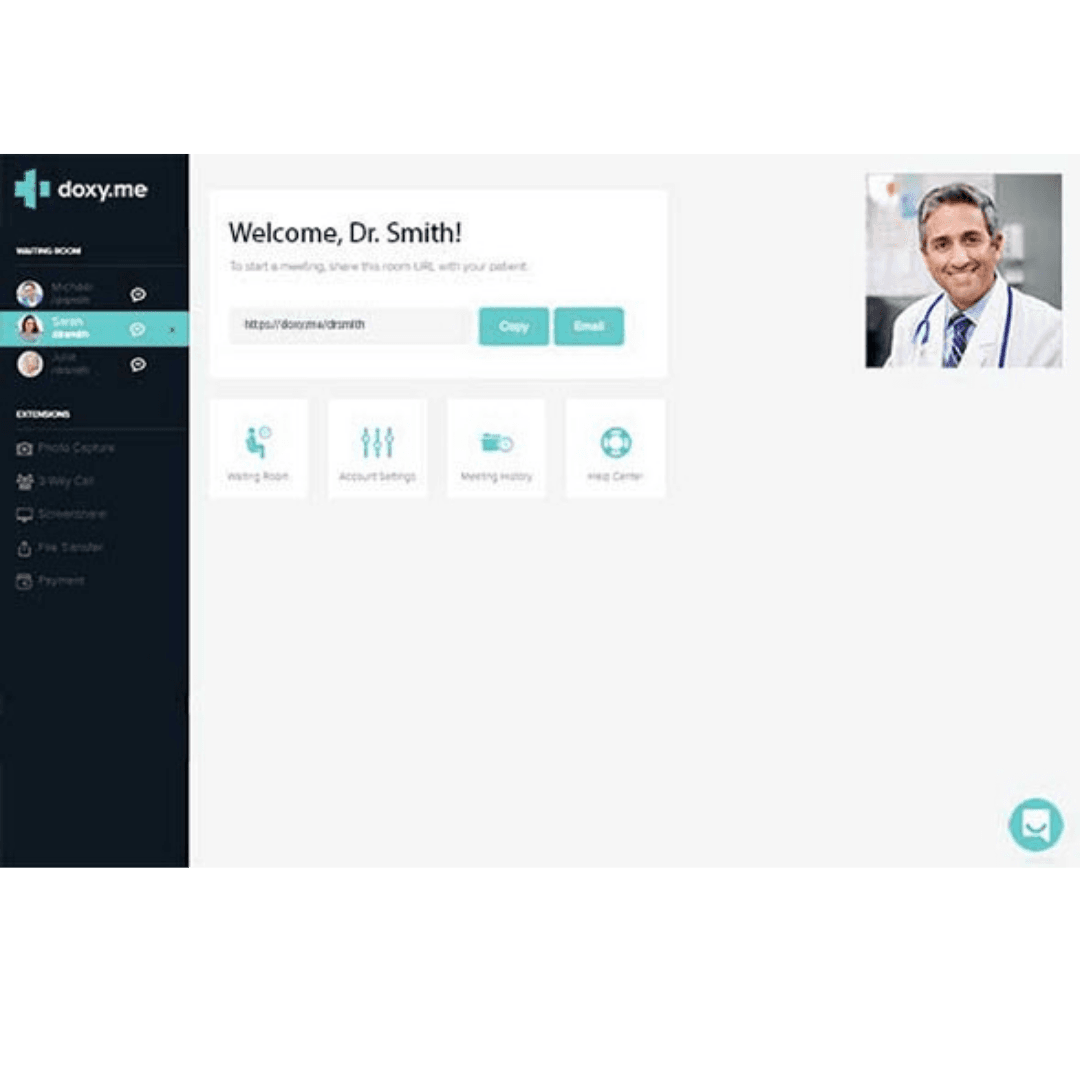
Payment by phone poses a lot of challenges since different companies have different rules for transactions without a card. The person hearing the credit card information may note it down incorrectly or may use it illegally, posing security challenges.
To overcome this, many telemedicine apps come with separate payments screen inbuilt. Doxy.me, a telemedicine app, for instance, has the facility to collect payments from patients as they use the app or in a virtual meeting room if you have the premium plan.
The patient should be able to pay with credit/ debit card, Paypal, or the now popular Stripe.
8. Rating and review
A necessary feature for any telemedicine app is the patient’s ability to rate and review their doctors. If the app uses an aggregator rating system, it will be easier for a new user to find a doctor best suited for their needs.
Telemedicine apps need to seize the opportunity of the global coronavirus pandemic to streamline their scheduling function, make their app user friendly, and expand self-service to reduce friction.
The rating system should be carefully designed so that only patients who received healthcare benefits from a particular clinic can rate that clinic. This will prevent the system from being rigged.
9. Notifications
Push Notifications can be a tad invasive, and many users may wrinkle their noses (not literally), seeing a push notification on their app.
But the effectiveness of push notifications cannot be understated. App statistics revealed by Localytics show that opt-in rates are around 53.3% for push notifications.
Push notifications can be used to accomplish a wide variety of tasks in the telemedicine app, from reminding patients about their appointments with doctors to a prescription refill.
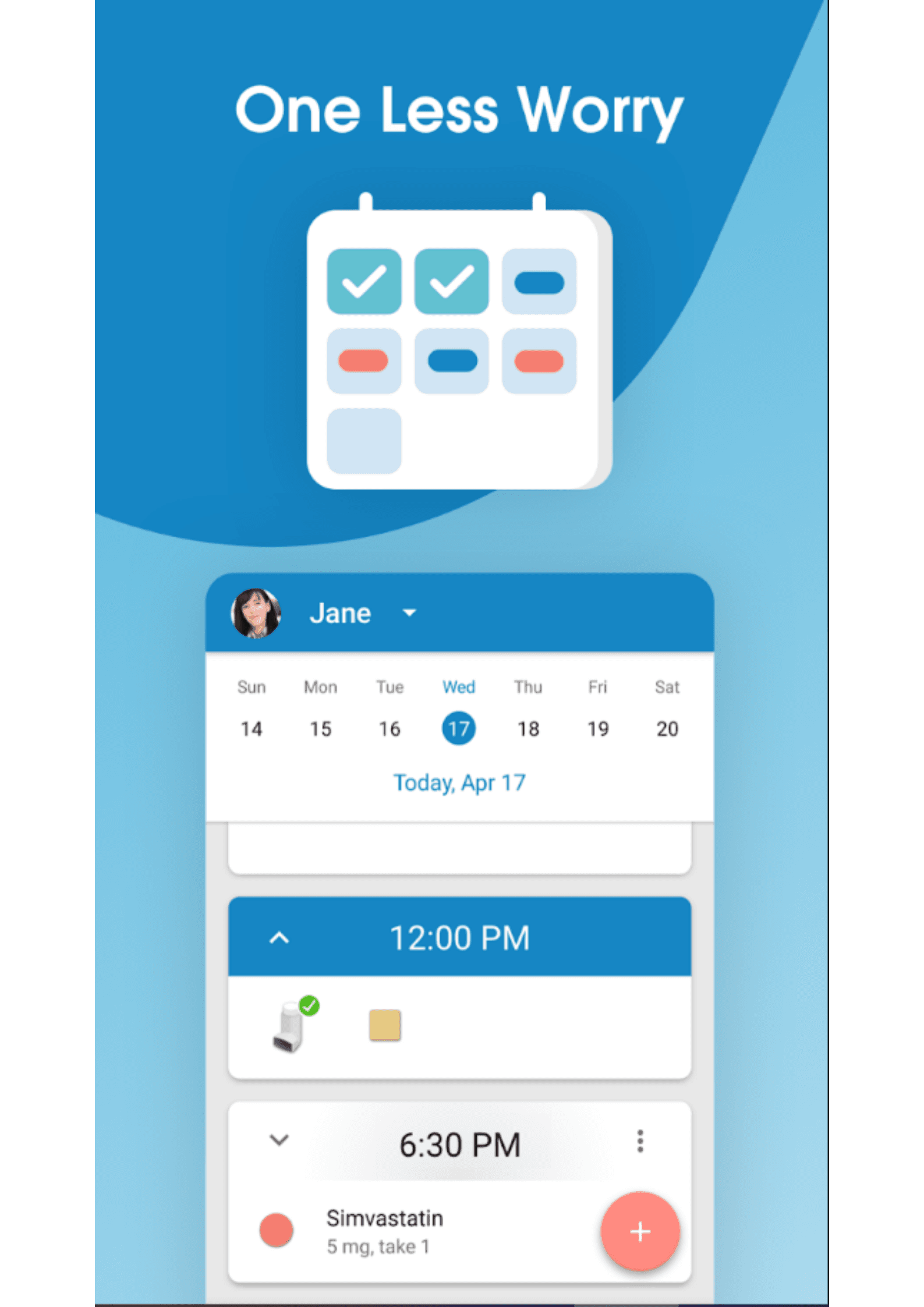
The app Medisafe, for instance, described as a “virtual pillbox,” captures the shape and colour of a patient’s prescription dosage. It then sends out Push notifications reminding the patients when it was time for their medicine, and even notifies a family member when the patient has forgotten to take their medication.
Moodit, a mental healthcare app, uses Push notifications to send motivational messages.
Make sure you give users control over which notification they receive. Ideally, you should provide the end-user of the app different types of alerts and explanations.
10. Dashboards
The first screen that you see as soon as you log into an app is called the dashboard. The dashboard is essential in any telemedicine app since it gives a good “first impression.”
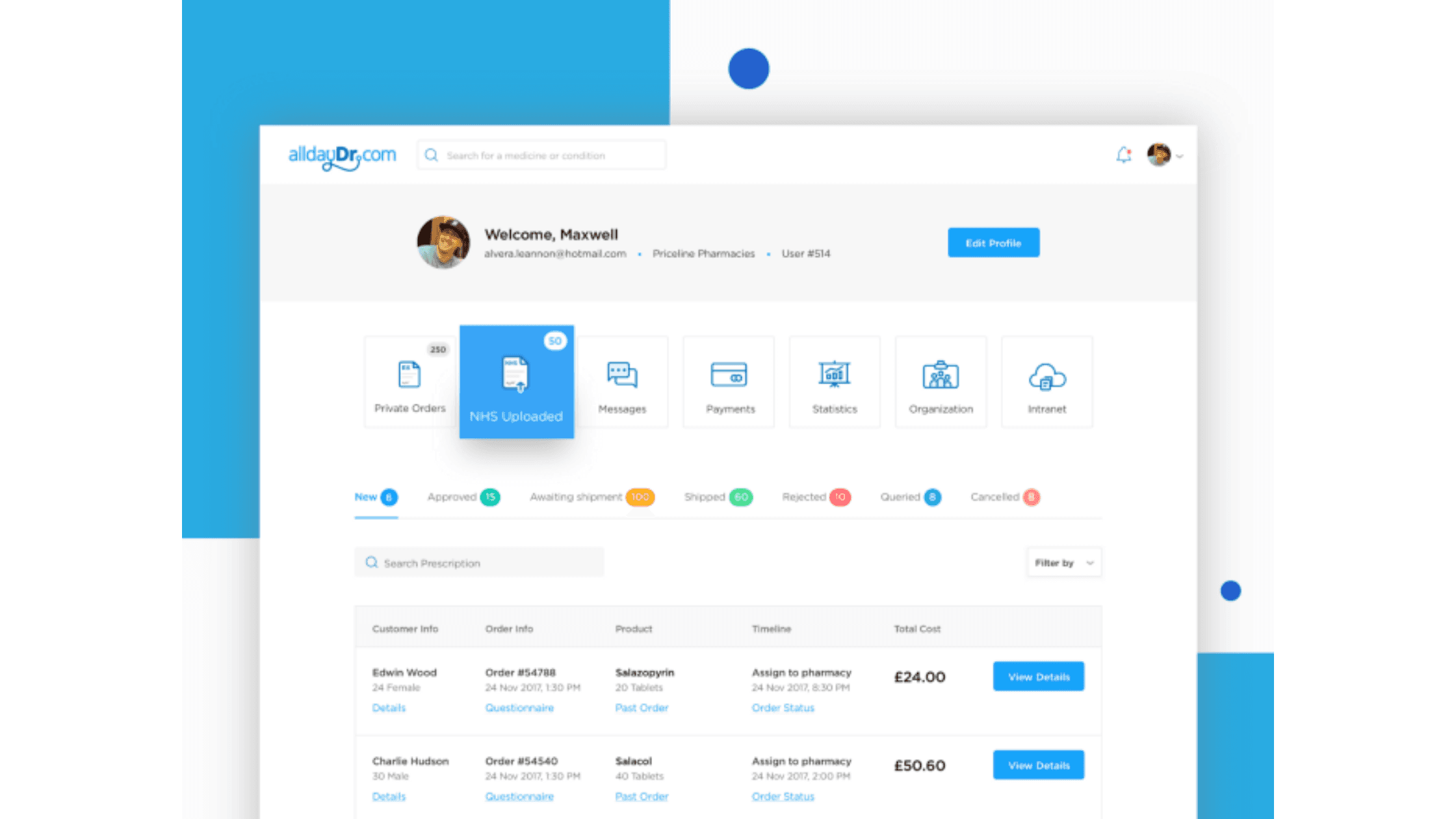
Dashboards come in handy both for doctors and patients while using the telemedicine app. For patients, dashboards give easier access to their previous appointments, medication details, visit history, and upcoming appointments.
A dashboard may be a difficult feature to build into the healthcare app, but it provides great value to the patient, especially if they use it to track a continuing event, say the progress of their treatment.
11. Cloud-based medical records storage
A feature that is a natural extension of the patient profile is the cloud-based e-storage of a patient’s medical records.
This storage contains all the information critical to the patient, including medical data, prescription, and communication history.
Since these details are stored on the cloud, patients need not worry about data theft or loss of data due to an accident such as a fire.
The electronic storage of this information also means that it can be easily shared with another doctor who specializes in treating a patient’s particular disease, or a family member who needs the information for insurance purposes.
Features for doctors
1. Doctor’s profile:
Just like a patient’s profile page, the telemedicine app should also feature a doctor’s profile, where doctors are free to enter all the details they feel are necessary.
The doctor’s profile can contain information such as an address, specialization, years of experience, and education.
It would also be prudent to include visiting hours of the doctor in this profile so that patients can check a doctor’s availability before booking appointments.
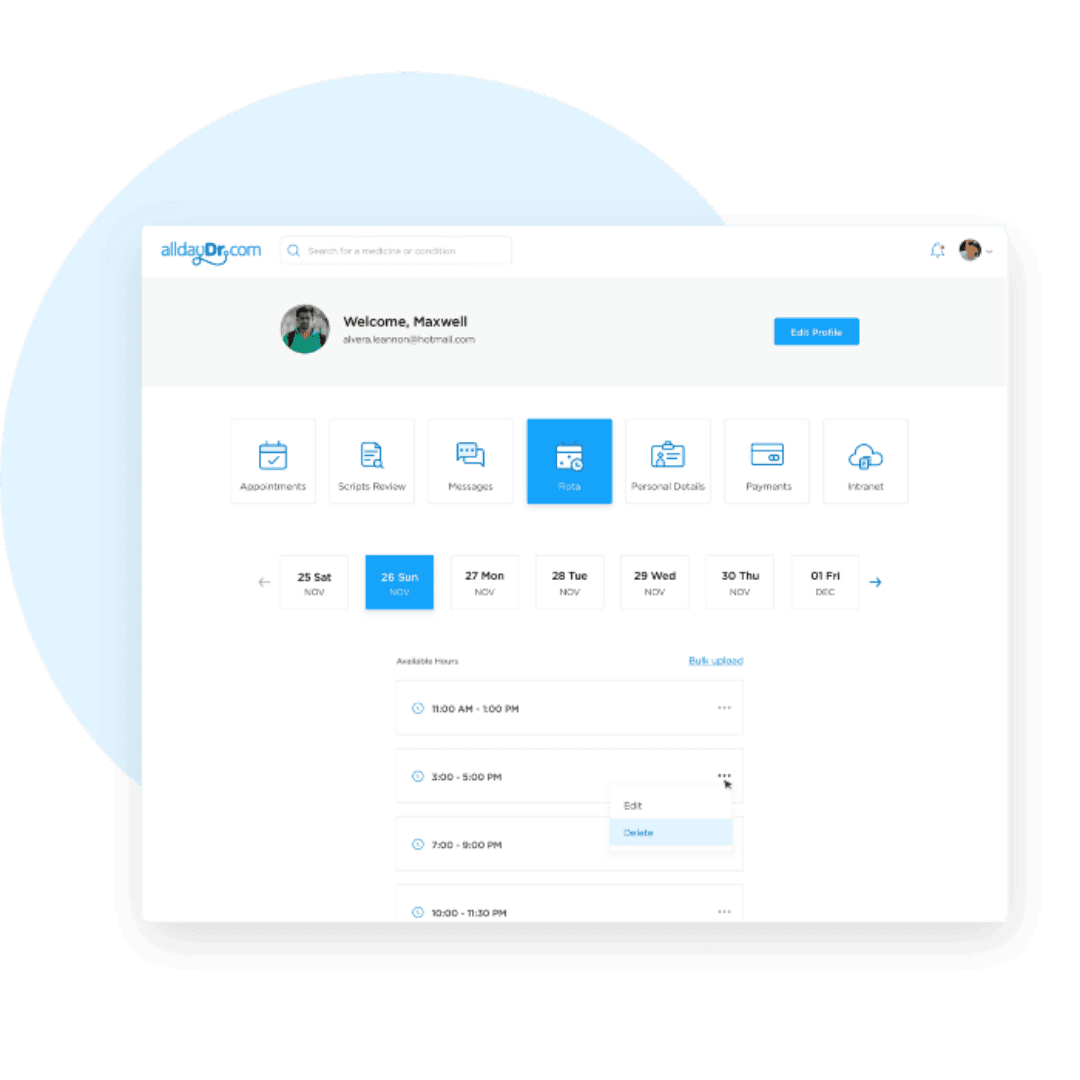
Doctors must have the ability to filter this information according to different viewers since not all the app visitors will need to be privy to a doctor’s information.
Sometimes, patients would like to check a doctor’s license and proof of their abilities, and the doctor’s profile is the ideal space to provide this information.
2. Scheduling/ Calendar
The calendar feature should also be made available to the doctors, who can then use it in a wide array of applications.
The doctors can use the calendar feature to set their availability, manage appointments with patients who have a chronic illness, and receive consultation requests.
The Calendar feature within the telemedicine app can also be used by doctors to set times for remote consultations and immediately see when an appointment is taken.
3. Electronic Medical Records (EMR)
The telemedicine app requires the integration of EMR to assure that workflow is flexible and that patients can easily access all the services being offered. Every time a patient visits the clinic, his details should be updated.
This makes a further diagnosis of the patient easier. EMR also helps in organizing all of the patient’s information in one place, reducing paperwork for the doctor, and preventing duplication of records.
A successful EMR is based on blocks of data that can be accessed by different specialists at different levels. For instance, different care providers to the patient need not be given access to all of the patient’s medical information.
With the master access given to the patient’s attending physician, the other care providers should only be provided with data required to carry out their duties. Thus EMR as a feature is a bit tricky to build and has to be handled by expert developers.
4. Prescription
An important feature that any telemedicine app should have is the ability of the doctors to fill out prescriptions for their patients digitally. Not only does this eliminate a lot of paperwork, but it also enables the doctors to re-issue prescriptions in case of chronic illnesses.
E-prescription also means that sales on unprescribed medication can be controlled to a large extent. Patients need not wait in long lines in order to keep up with their medication. Instead, patients can simply share their credentials with the pharmacist, who can look up the details in a system and hand out medications as prescribed by the doctor online.
The US already has a good 80% of all prescriptions being given out electronically, according to this report by Statista.
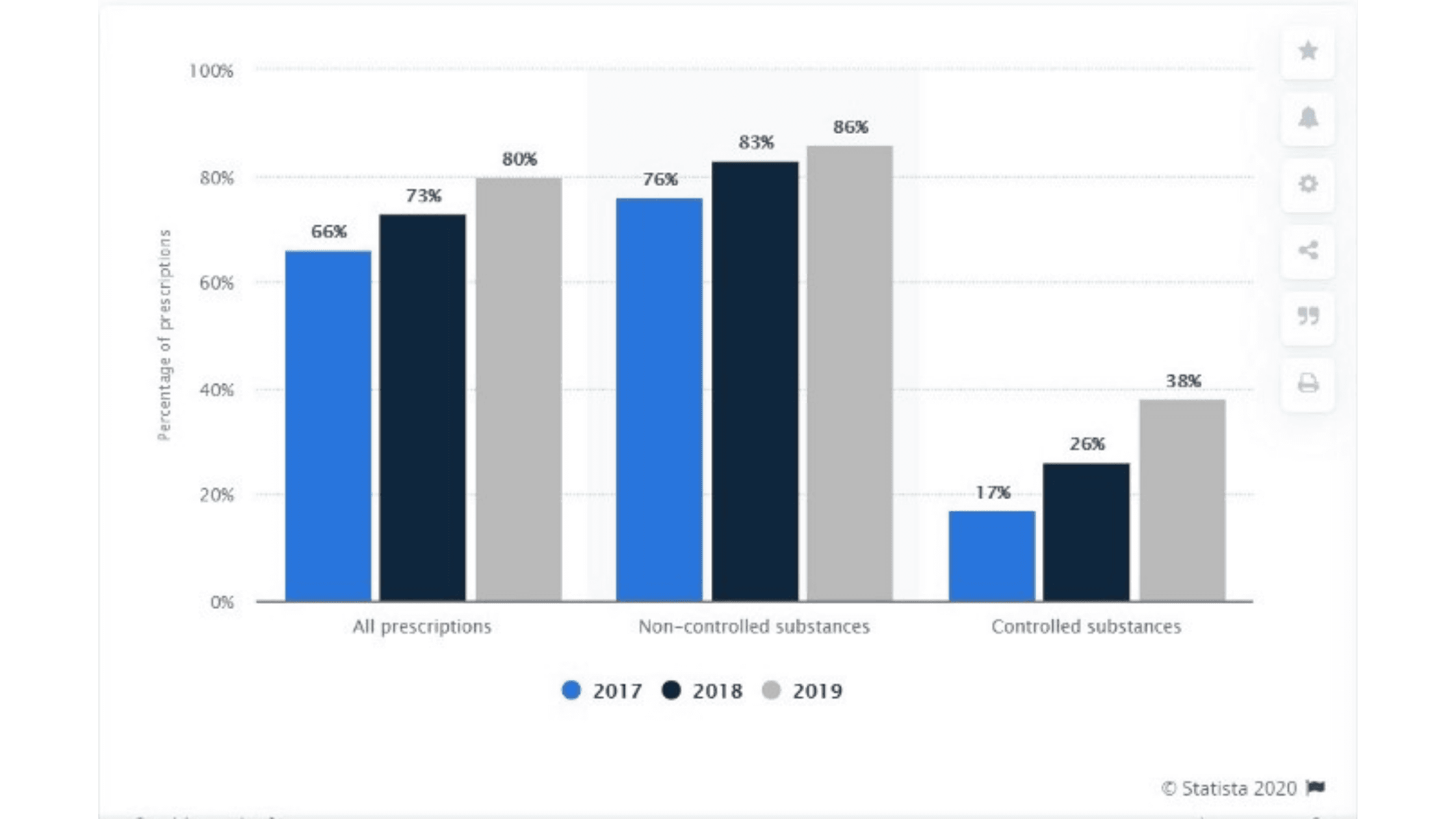
The prescription section can also double up a pharmacy locator, telling the patients their nearest point of contact to obtain the medicine.
5. Communication
A robust communication feature becomes the backbone of any good telemedicine app, and doctors should be given access to various tools to get easy access to their patients. This involves call, chat, and video conferencing.
According to this study conducted by Cisco, 74% of the patients are open to a virtual doctor visit.
If you are running low on budget, it is better to implement a one-to-one doctor-patient messenger with a photo-based consultation.
Enabling video conferencing is a tad more expensive feature since it is difficult to build, but something that should definitely be on your radar if you are considering expanding your app.
There you have it. A list of essential features that any telemedicine app should have. If you feel we have left out any feature, do write to us and we will update the blog accordingly. In the meantime, do check out the SoluteLabs blog, where we have more pieces on telemedicine and tech.
